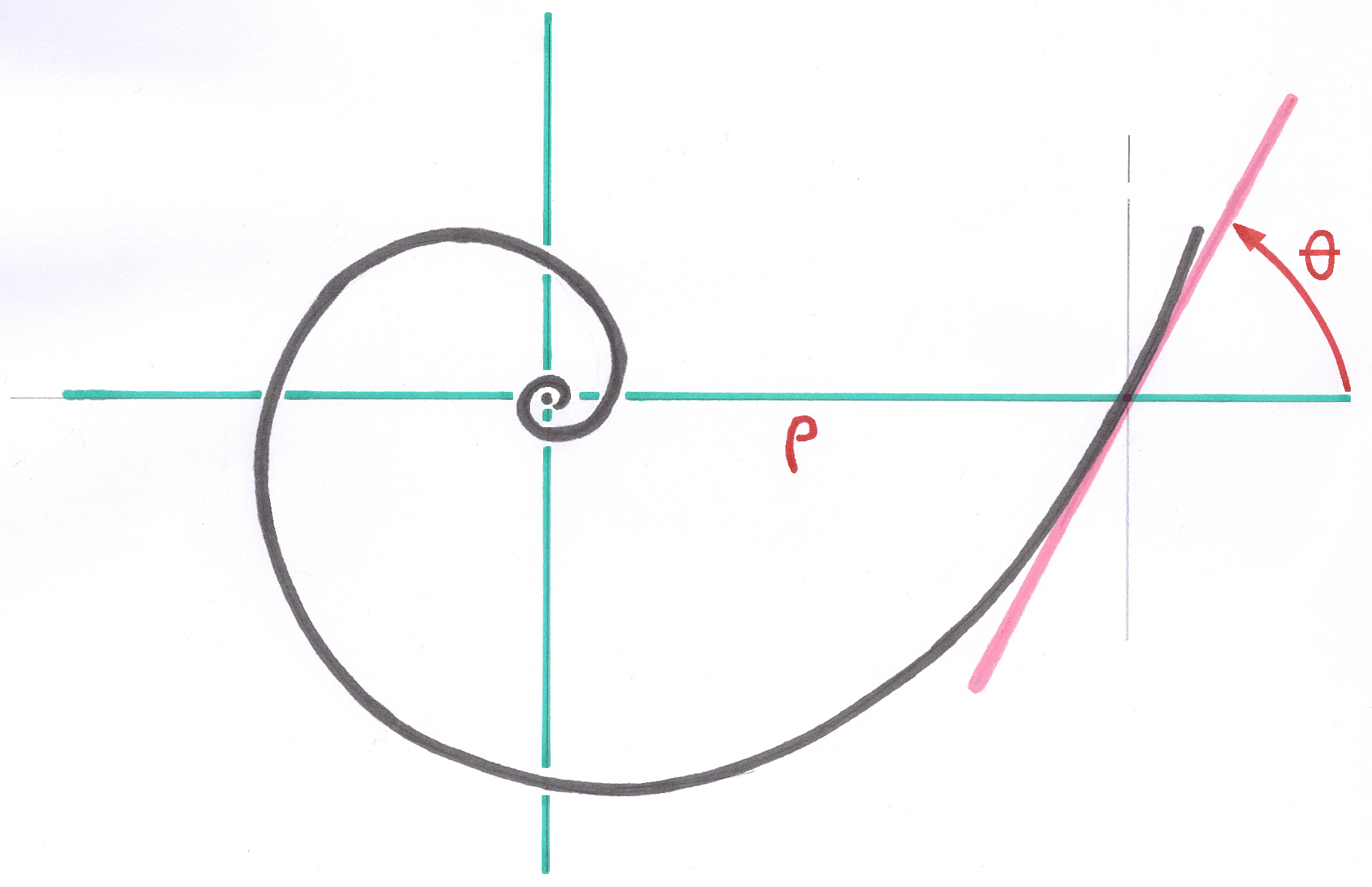4.9. The Impaction Reserve applied to the rasps
4.9.1. Summary
The stems with Geometric Anchoring are fixed in their osseous bed by junction of the conical type.
After the installation of the stem in the osseous bed rectified on a sufficient surface, Primary stability by conical junction requires a final impaction which puts all surfaces in compression and preconstraint.
The active part of the rasps (or of the Spiral Reamer) must be prolonged a few millimetres further that the contour of the stem of corresponding size.
The osseous bed is thus rectified over a length slightly larger than that of the stem, additional depht which I called Impaction Reserve.
This reserve allows, at the time of final impaction, to avoid the risk butting against a not prepared osseous obstacle. The risks of crack are thus eliminated.
4.9.2. The Principle of the Reserve of Impaction applied to the rasps
The femoral stems with Geometrical Anchoring function mainly like objects with conical junction. The conical junction can be obtained with involved surfaces which are not necessarily in the shape of circular cone.
One can obtain junctions of the conical type with pyramidal surfaces, i.e. having sections rectangular, square, and even of the more complex forms satisfying the mathematical definition of the cone.
The blocking and the stability of the conical junctions require, initially the positioning of the implant in its osseous bed on the level of the strict geometrical correspondence before the establishment of any constraint between the two components, and in the second time an additional impaction which generates a setting in tension of the 2 involved parts to obtain the final stability of the junction.
For that, the preparation of the osseous cavity must have the same form that the stem and this preparation must be continued a little more deeply than the point of the stem not to stop strictly where the theoretical point of the stem will arrive so that, at the time of its installation, the stem is not blocked at the bottom of the preparation by shoulders which would not have been prepared. This phenomenon observed with many Zweymüller stems of the first generation had caused serious instabilities and reoperations.
4.9.3. The rasps must be longer
Consequently, the rasps must carry out a preparation from 5 to 10 millimetres more deeply than the corresponding stems so that, to in no case some, there are not shoulders and a not prepared area in the vicinity of the distal end of the stem. This is valid for the last preparation of the size which will be definitively implanted.
The purpose of impaction after the nominal geometrical contact is the setting in prestress of the two involved parts and thus exploits the small residual elasticity of the bone to compensate for very small differences of form and curve between the bone and the stem.
The final set after impaction is prestressed with forces acting in a manner best spread possible on the contact lines along the prosthesis.
----
